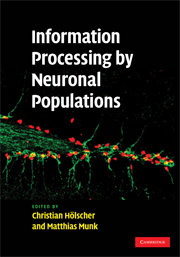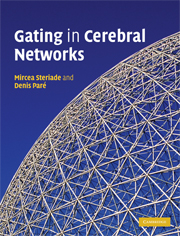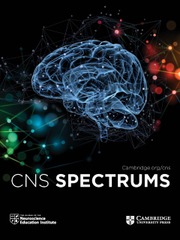Neuronal Networks of the Hippocampus
The questions of how a large population of neurons in the brain functions, how synchronized firing of neurons is achieved, and what factors regulate how many and which neurons fire under different conditions form the central theme of this book. Using a combined experimental-theoretical approach unique in neuroscience, the authors present important new techniques for the physiological reconstruction of a large biological neuronal network. They begin by discussing experimental studies of the CA3 hippocampal region in vitro, focusing on single-cell and synaptic electrophysiology, particularly the effects a single neuron exerts on its neighbors. This is followed by a description of a computer model of the system, first for individual cells then for the entire detailed network, and the model is compared with experiments under a variety of conditions. The results shed significant light into the mechanisms of epilepsy, electroencephalograms, and biological oscillations and provide an excellent test case for theories of neural networks.
Reviews & endorsements
"...integrates experiments and computer modeling into seamless fabric, something still rare in the neurosciences. The use of arguments from statistical physics and dynamical systems theory is compelling and to the point. The monograph should be required reading for any researcher seriously interested in networks of complicated and highly interconnected neurons..." Christof Koch, Science
"Traub and Miles are to be congratulated not only for the intellectual and empirical achievements embodied in this book, but also for the delicate balance struck between detail and clarity." Bruce L. McNaughton, Trends in Neuroscience
Product details
May 1991Hardback
9780521364812
304 pages
235 × 160 × 24 mm
0.607kg
Available
Table of Contents
- Acknowledgments
- Prologue
- 1. The hippocampus in context
- 2. Physiology of single neurons: voltage- and ligand-gated ionic channels
- 3. Synaptic function and organization of the CA3 region
- 4. The single-cell model
- 5. Model of the CA3 network
- 6. Collective behaviours of the CA3 network: experiment and model
- 7. Collective behaviours of the CA3 network: spontaneous oscillations and synchronized synaptic potentials
- 8. Field effects
- 9. Theoretical approaches: mathematical neural networks
- Appendix
- Conclusion
- Notes
- References
- Index.









